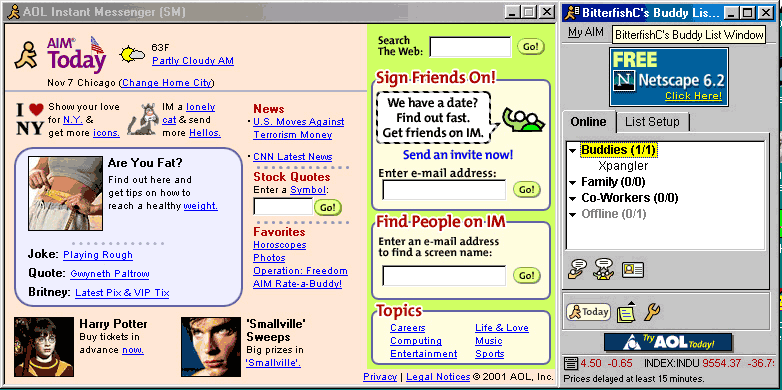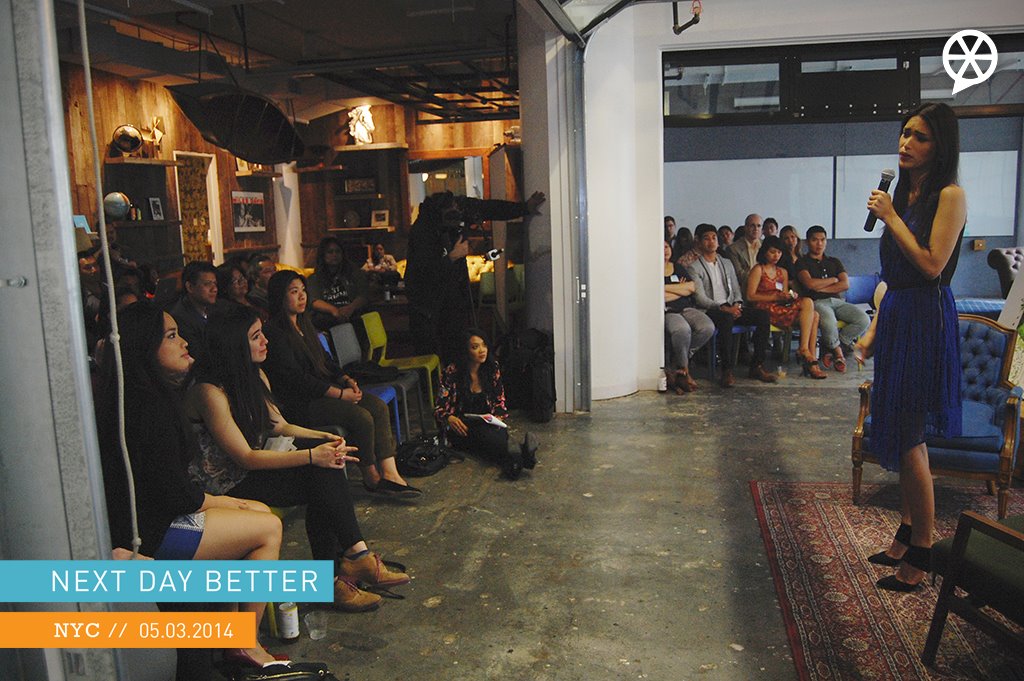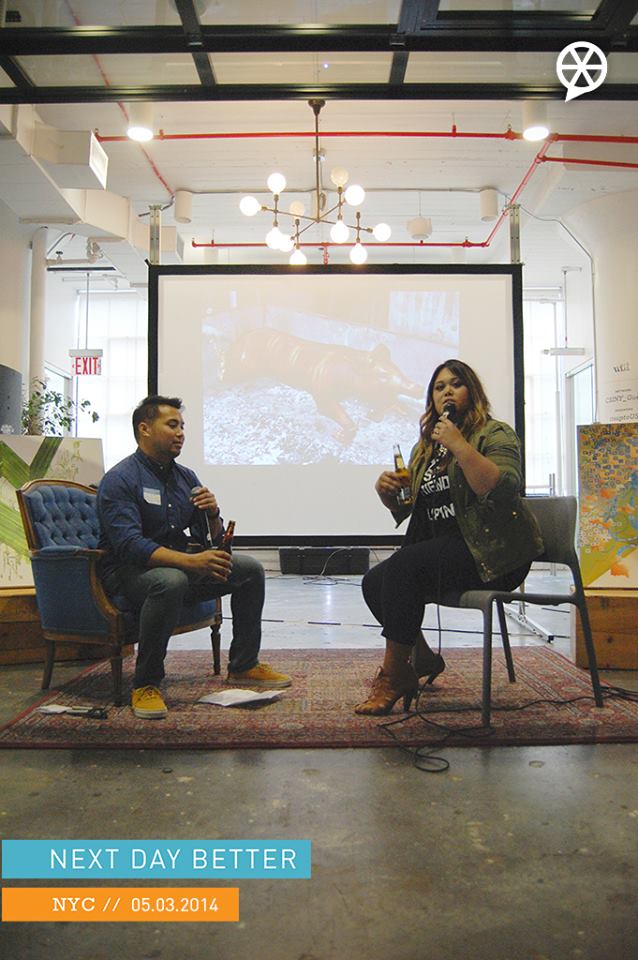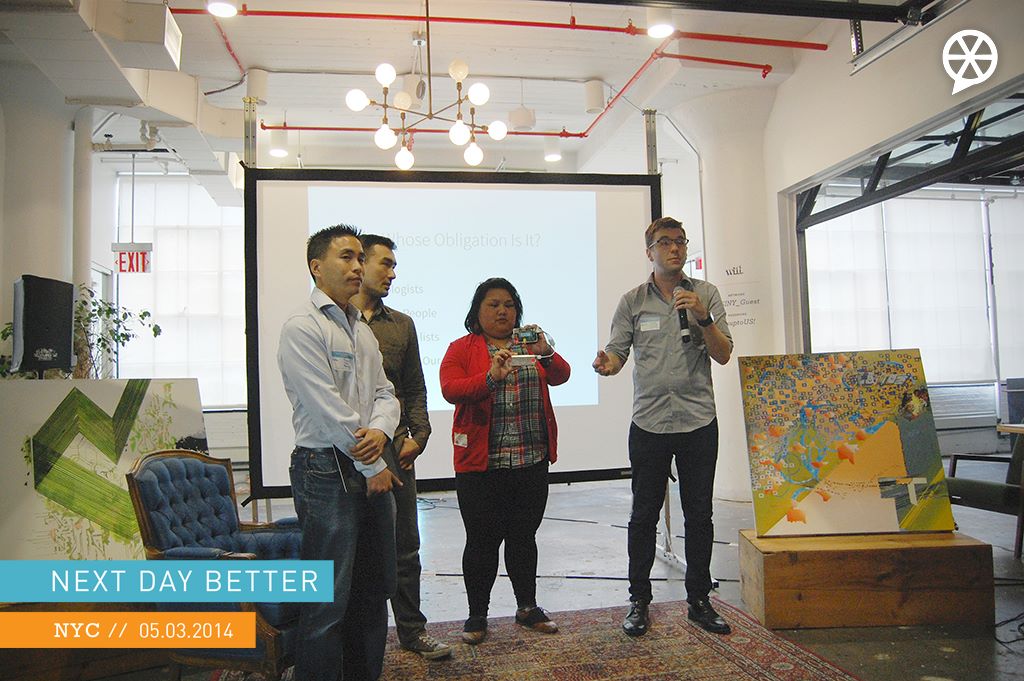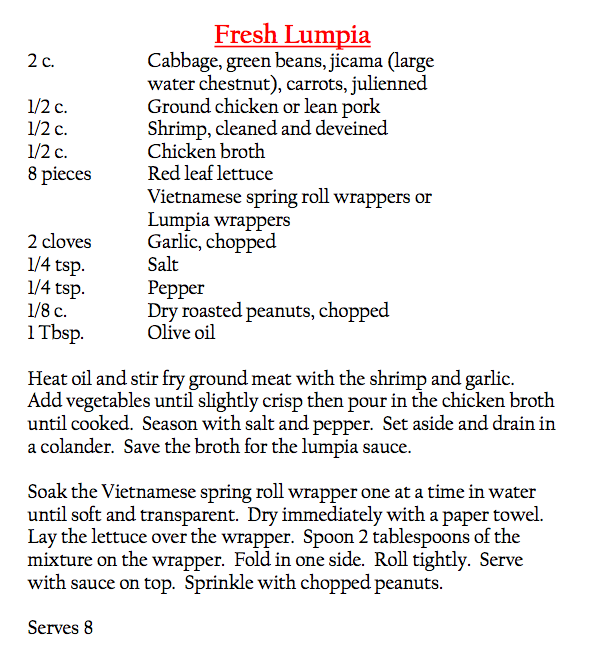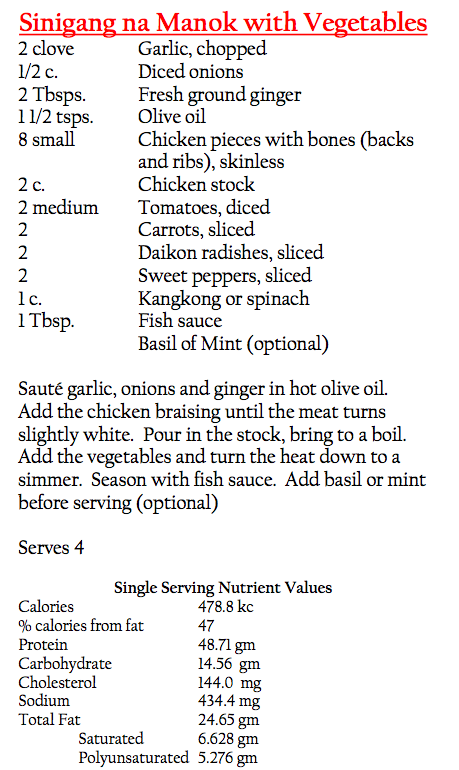We all remember that big moment we had to face as young teenagers - that moment when all of a sudden we had this power to make such a huge choice that would impact our pimple-faced lives. It was a moment that required careful thought and a moment that seemed so permanent, that it was literally a matter of life and death.
You know, the moment when we asked ourselves, “What should my screen name be?”
Picture this. You’re 13 years old. Your parents finally agreed to let you spread your wings, leave your AOL Kids account, and join the rest of humanity over on the other side without parental controls. Chat rooms, profiles with HTML codes that were literally more colorful, asking Jeeves whatever your inquisitive mind wanted, and finding Sparknotes for Julie of the Wolves so you wouldn’t have to actually read it for your book report - cue “A Whole New Wooooorld.”
But before traversing this new vast digital world, you had to figure out the nametag you would wear while doing so. Things were so much easier up until this point - before this, choosing your identity was just contingent on your favorite color. My favorite color is blue, so I was always the Blue Ranger when my friends and I would play at family parties. If you were a girl, you would choose to play as Princess Peach in Super Mario. But now, you faced this new pressure of picking your character and it had to somehow tie back to something you were interested in. Even the sample screen names AOL would suggest for us pushed us to do so. Enter screen name (ie. Basketballguy4, Dancegirl123).
What did I choose to tie my screen name to? My Pilipino heritage. Before I knew it, there I was, running as fast (or as slow ... if you were still on that pre-Broadband game) as that yellow AOL man, waiting for my life as Pinoydude1125 to begin.
Looking back, I’m not sure if I chose that screen name (or rather SN for the sake of nostalgia) out of genuine interest or pride. I think it’s because I viewed being Pilipino as something tangible to which I could attach an identity. I wasn’t an athlete, didn’t play piano, and wasn’t into video games so creating a SN with those elements went out the window. I was, however, Pinoy. And a dude. And my birthday was November 25th. It was available and it set me apart from my other friends... my non-Pilipino friends.
At 13, I joined a youth group that was predominantly Pilipino. On the last day of camp, everyone was walking around with sheets of notebook paper asking for each other’s SNs to keep in touch. I came home that Sunday with a sheet full of SNs that were all similar to mine, all written in that quintessential girly handwriting of over-pronounced loops and bubbles and that boyish effort of adding tails to every stem to make letters look like graffiti on paper.
And when the chatrooms would happen - forget it. It was a traffic jam that resembled Manila’s highways, complete with the PnayAn63Ls, the iLLpn0ys, the xxFL!pcuti3xxs, the oSoSwtPN@Ys, the FLiPAZNs. Looks like we all latched on to the same thing.
It’s so interesting that, as teenagers, we chose to define our online identities by our heritage. Many of those people at my youth camp were born in the States and didn’t speak an ounce of Tagalog (some didn’t even understand). They could’ve been nawteeNnice374 or chiLL3nvillain512, but maybe they thought, in some way, that those just weren’t authentic enough. Since your teenage years are usually the time when you start to grasp the concept of cultural roots, maybe this was a manifestation of that. Maybe it's because this was a level of “different” that we were comfortable with among our non-Pilipino friends.
Fast forward to 2014 and those SNs have since vanished (at least among my age group they have). Perhaps it’s because we’ve grown up a little - knowing that one’s heritage is not the sole part of one’s identity and that not having Pinoy or Pinay in a SN doesn’t make you any less Pilipino, and vice versa. Perhaps it’s because we finally did find things we were passionate about and interested in to use as the basis for our handles and account names. Perhaps it’s because we realized that no one could decipher what our actual SNs were with all those damn Xs, 0s, and <3s.
Photo credits: HerCampus.com and PCMag.com

